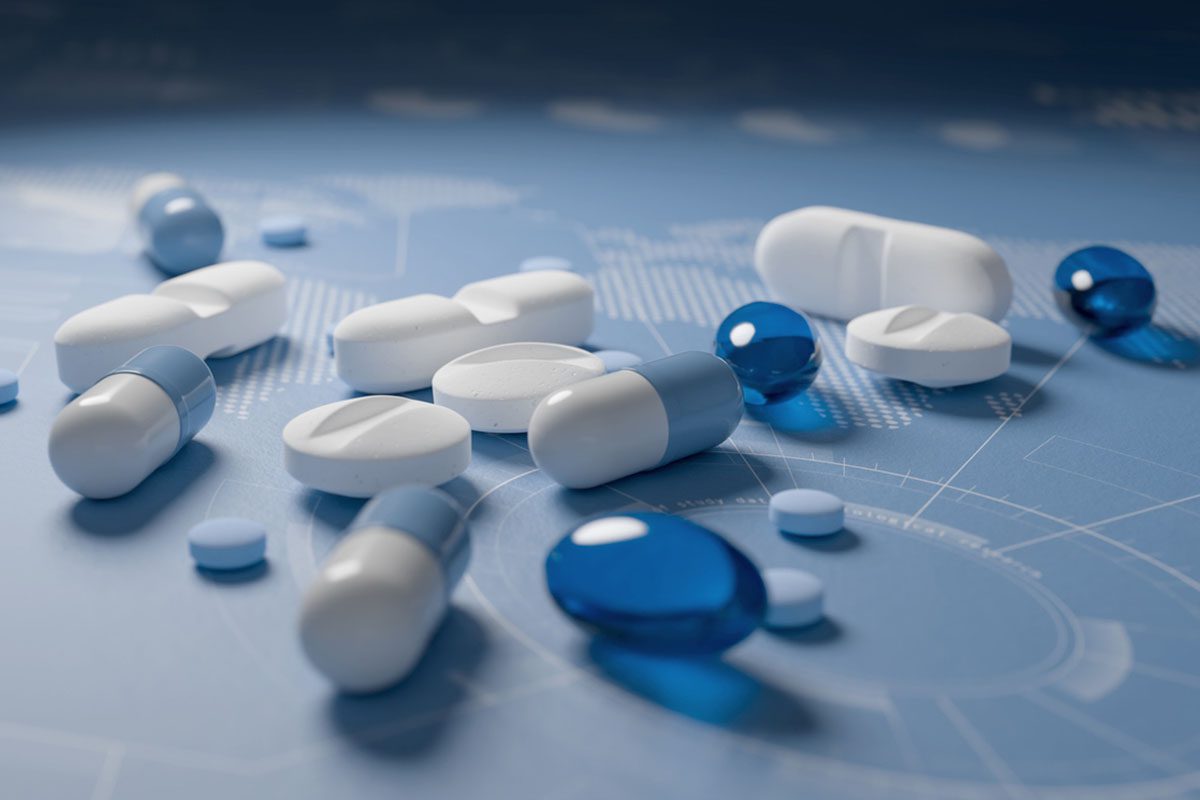Background: Many studies have indicated that excess free radical formation may be involved in the pathogenesis of patients with schizophrenia. Some investigators suggested that the use of free radical scavengers might provide improvement in schizophrenia. The aim of this study was to determine the effectiveness and to evaluate the side effects of extract of Ginkgo biloba (EGb) plus haloperidol in chronic, treatment-resistant inpatients with schizophrenia.
Method: One hundred nine patients meeting DSM-III-R criteria for schizophrenia completed a double-blind, placebo-controlled, parallel-group study of EGb plus haloperidol. Fifty-six of the patients were randomly assigned to receive a fixed dose of 360 mg/day of EGb plus a stable dose of haloperidol, 0.25 mg/kg/day, and 53 were assigned to receive placebo plus the same dose of haloperidol for 12 weeks. Patients were assessed using the Brief Psychiatric Rating Scale (BPRS), the Scale for the Assessment of Negative Symptoms (SANS), and the Scale for the Assessment of Positive Symptoms (SAPS) at baseline, week 6, and week 12 and the Treatment Emergent Symptom Scale (TESS) for side effects at week 12.
Results: There was a significant reduction in both groups in BPRS total score after 12 weeks of treatment (p < .05). However, a significant reduction in total SAPS and SANS scores was noted in the EGb group (p < .05), but not in the placebo group. There was a lower SAPS total score in the EGb group than in the placebo group at the end of 12 weeks of treatment (p < .05). Of those treated with EGb plus haloperidol, 57.1% were rated as responders as compared with only 37.7% of those receiving placebo plus haloperidol when assessed by the SAPS (chi2 = 4.111, p = .043). After 12 weeks of treatment, TESS subscore 1 (behavioral toxicity) and subscore 3 (symptoms of nerve system) were significantly decreased in the EGb group compared with the placebo group (p < .05).
Conclusion: EGb treatment may enhance the effectiveness of antipsychotic drugs and reduce their extrapyramidal side effects.
Please sign in or purchase this PDF for $40.00.




